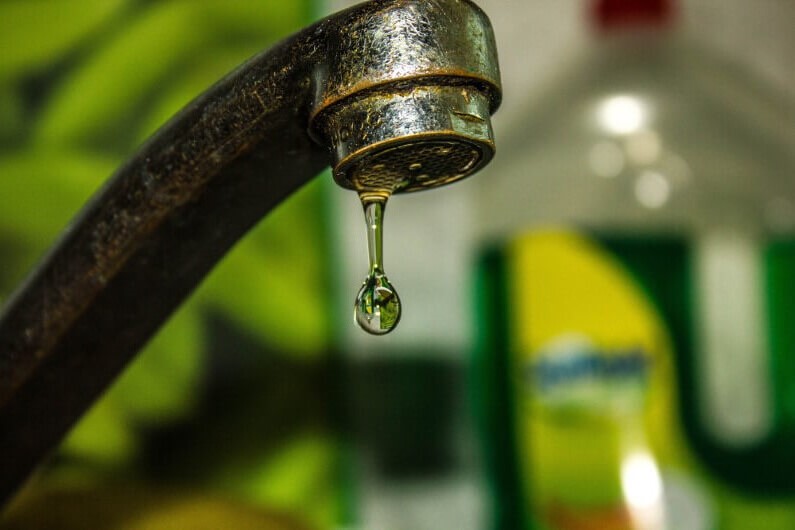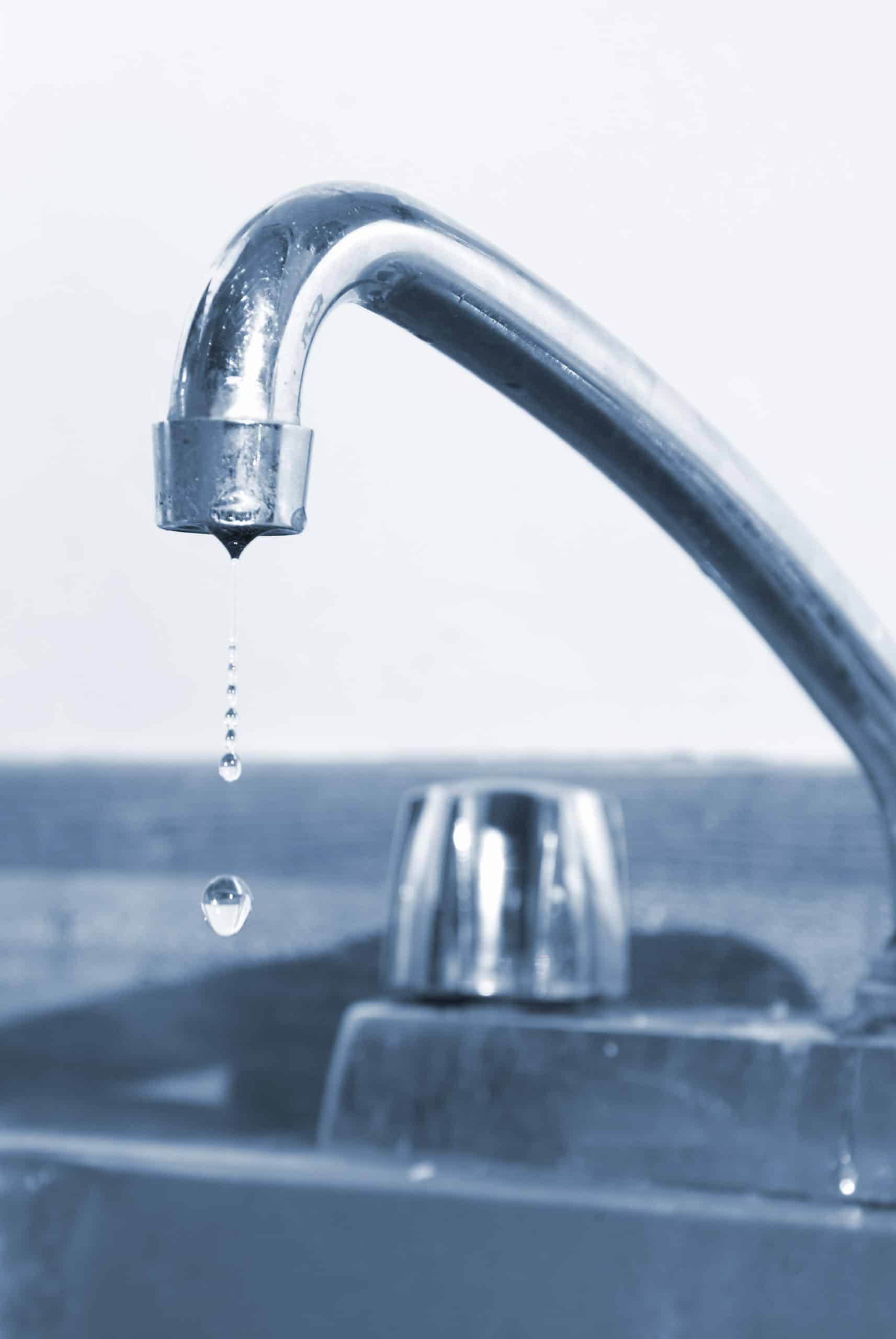Our Benefits of Fixing a Faulty Faucet
Our Benefits of Fixing a Faulty Faucet
Blog Article
We have stumbled on this post about Leaky Faucets: Why They Happen & What to Do About Them down the page on the internet and concluded it made good sense to talk about it with you on this site.

Trickling faucets could seem like a small inconvenience, however their influence goes beyond just the nuisance of the sound. From wasting water to sustaining unneeded financial costs and health and wellness threats, ignoring a dripping faucet can result in different effects. In this write-up, we'll look into why it's crucial to resolve this typical family concern without delay and properly.
Wastefulness of Water
Ecological Effect
Leaking faucets add dramatically to water wastefulness. According to the Epa (EPA), a single tap trickling at one drip per secondly can lose more than 3,000 gallons of water each year. This not only strains water resources however likewise impacts ecological communities and wild animals based on them.
Financial Costs
Increased Water Expenses
Beyond the ecological effect, dripping faucets can blow up water bills substantially. The collected wastage with time translates right into greater utility expenditures, which could have been avoided with prompt repairs.
Prospective Residential Property Damage
Additionally, long term dripping can result in damage to fixtures and surfaces bordering the tap. Water accumulation can cause staining, rust, and also architectural concerns if left neglected, resulting in additional repair work expenses.
Health Worries
Mold and Mold Development
The consistent presence of moisture from a leaking faucet creates a perfect setting for mold and mold growth. These fungis not only jeopardize interior air quality but additionally position wellness risks, especially for people with respiratory conditions or allergic reactions.
Waterborne Diseases
Stagnant water in leaking taps can come to be a breeding place for bacteria and various other virus, raising the danger of waterborne illness. Impurities such as Legionella germs thrive in stationary water, potentially causing major ailments when ingested or breathed in.
DIY vs. Expert Repair
Benefits and drawbacks of DIY Repair Work
While some may try to fix a leaking faucet themselves, DIY fixings come with their own collection of obstacles. Without proper understanding and devices, do it yourself efforts can aggravate the issue or result in incomplete repair services, extending the issue.
Advantages of Employing a Specialist Plumber
Working with an expert plumber makes sure that the underlying cause of the dripping tap is resolved properly. Plumbers have the experience and tools to identify and repair tap problems efficiently, saving time and reducing the danger of further damage.
Step-by-Step Guide to Repairing a Dripping Tap
Devices Required
Before attempting to repair a dripping faucet, gather the required tools, including a flexible wrench, screwdrivers, substitute components (such as washing machines or cartridges), and plumber's tape.
Usual Tap Issues and Their Solutions
Determine the kind of faucet and the specific issue creating the drip. Usual issues include worn-out washing machines, rusty valve seats, or faulty O-rings. Describe maker instructions or online tutorials for detailed assistance on repairs.
Safety nets
Regular Upkeep Tips
To prevent leaking taps, carry out regular maintenance such as cleansing aerators, examining for leakages, and replacing worn-out components quickly. In addition, consider setting up water-saving tools or upgrading to extra efficient fixtures.
Importance of Prompt Repairs
Dealing with dripping taps as quickly as they're discovered avoids more water wastefulness and prospective damage, ultimately conserving both water and money in the long run.
Influence On Home Value
Assumption of Well-Maintained Residential Property
Preserving a residential property in good condition, including resolving maintenance concerns like dripping taps, enhances its viewed worth and value amongst possible purchasers or lessees.
Influence on Resale Value
Properties with well-kept plumbing components, including faucets, command higher resale worths in the real estate market. Dealing with trickling taps can contribute to a positive impression during building inspections and arrangements.
Ecological Duty
Private Contribution to Conservation
Taking obligation for fixing leaking taps straightens with broader efforts toward water preservation and ecological sustainability. Every person's activities collectively make a significant effect on protecting priceless sources.
Lasting Living Practices
By focusing on punctual fixings and taking on water-saving routines, people contribute to sustainable living techniques that profit both existing and future generations.
Final thought
Attending to a leaking faucet goes beyond plain convenience; it's an important action towards saving water, reducing economic expenses, and protecting health and wellness and residential or commercial property. Whether via DIY repair work or specialist assistance, acting to deal with dripping faucets is a tiny yet impactful way to promote liable stewardship of sources and contribute to a healthier, extra sustainable future.
How to Fix a Dripping or Leaky Faucet
A leaking faucet is one of the most common problems that homeowners encounter, but it being commonplace doesn’t make it any less annoying. The constant drip drip drip of a leaking bathtub faucet, showerhead, or sink tap can disturb your home’s serenity. Left neglected, a dripping faucet can also result in higher water bills and discoloration or mold growth in your sink or plumbing fixtures.
Fortunately, you don’t have to be a trained plumber to know how to stop a dripping faucet. With some basic tools, replacement parts, and a little patience, leaky faucet repair is a breeze. In this article, we’ll explain what causes dripping faucets and how you can fix them.
What Causes a Leaking Faucet?
Kitchen and bathroom faucets come in all manner of designs, but most involve some combination of valves, O-rings, seals, and washers. The O-ring is usually the weakest link, but any one of these pieces can wear down over time. Heat, moisture, temperature fluctuations, minerals, mold, and movement can contribute to warping and corrosion, breaking the watertight seal. This just comes with the territory of being a homeowner. Everything is always subject to wear and tear, and some component parts of your appliances and fixtures need to be replaced on occasion. At least replacement O-rings are cheap!
More rarely, dripping faucets can be a symptom of excessively high water pressure. Were this the case in your home, you would probably notice that the leak is not isolated to one faucet. Water pressure issues are harder to resolve on your own. We recommend contacting a professional plumber if you suspect your water pressure is too high.
How to Fix a Dripping Faucet
Pipe wrench or monkey wrench Allen wrench set Screwdrivers Old towel or rag Shut off the water.
Before you do anything, you need to turn off the water to keep from drenching your kitchen or bathroom. You should find a valve under the sink and against the wall. Once you’ve turned this valve, try turning the faucet on to confirm that the water source has been cut off.
If you can’t locate your local valve for the faucet you’re working on, you can always shut off the water to the house at the main valve. Of course, this will prohibit anyone from using the sinks, showers, or toilets while you’re working on the faucet that’s giving you trouble.
Plug or block the drain.
You’ll be disassembling the faucet and removing some small bits of hardware. Plug the drain with a stopper or rag to avoid the possibility of a small screw falling into your P-trap.
Take apart the faucet assembly.
There are several varieties of kitchen and bathroom faucets, each with its own manner of assembly. For detailed instructions on how to disassemble your faucet, you can refer to the fixture’s manual or contact the manufacturer. If you know whether you have a ball, disc, cartridge, or compression faucet, you can find detailed schematics online.
In general, you need to begin by removing the faucet handles. You might notice a small screw that you’ll need to remove with a screwdriver or Allen wrench. If you don’t see any visible securing hardware, it’s likely hidden under a decorative cap that can be unscrewed or popped off with flathead screwdriver.
Remove each piece methodically, consulting a schematic when necessary. Take notes or arrange the pieces in such a way to make it easier to correctly reassemble the faucet later.
Remove the cartridge.
Once you’ve removed the handles and securing hardware, you should be able to remove the valve cartridge or stem. Some cartridges will slide right out. Other faucet models will require you to loosen a nut with a pipe wrench before you can remove the valve stem.
Examine the exposed hardware.
With the cartridge or stem removed, inspect the component parts. Check the rubber O-rings for wear and tear. Also examine the seat washer for corrosion or other damage. These pieces are usually the responsible parties for a dripping faucet, but it’s worth inspecting the other component parts while you have the faucet disassembled.
Find replacement parts.
Once you’ve identified which faucet component has failed, find an identical replacement. Your local hardware store should have O-rings, seat washers, and other standard components in stock. If you have a luxury or uncommon faucet, you may have to contact the manufacturer for a replacement part.
It’s a good idea to take your old parts with you to the hardware store so you can compare them with the store’s inventory and be sure you’re purchasing the correct replacement.
Reassemble the faucet.
With your new parts in hand, reconstruct the faucet and handles. Don’t be tempted to overtighten screws or nuts. You might think this could create a better seal, but it can instead damage or bend a delicate part of the assembly and create a new problem for you.
Turn on the water and test the faucet.
The only thing left to do is test your work. Unplug the sink, turn the water back on, and try the faucet. Congratulate yourself on a job well done!
https://www.libertyhomeguard.com/how-to-fix-a-dripping-or-leaky-faucet/

I found that blog posting on Why It's Important to Fix Leaky Faucets while doing a search on the search engines. Are you aware of another individual who is curious about Why Are My Faucets Dripping (And Can I Fix It Myself)?? Feel free to promote it. I take joy in your readership.
Report this page